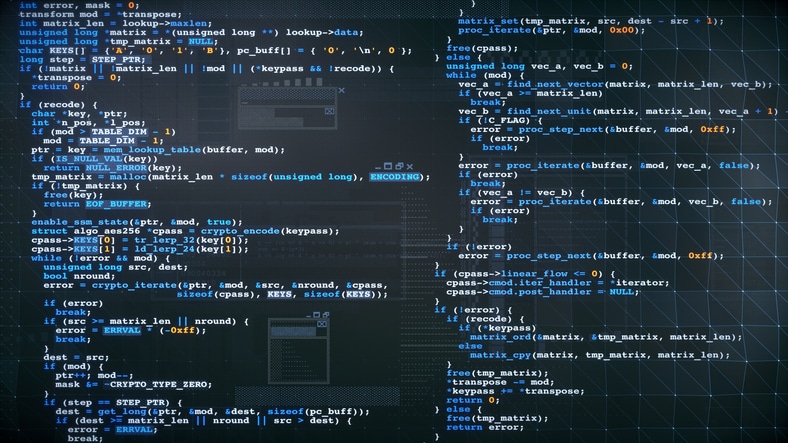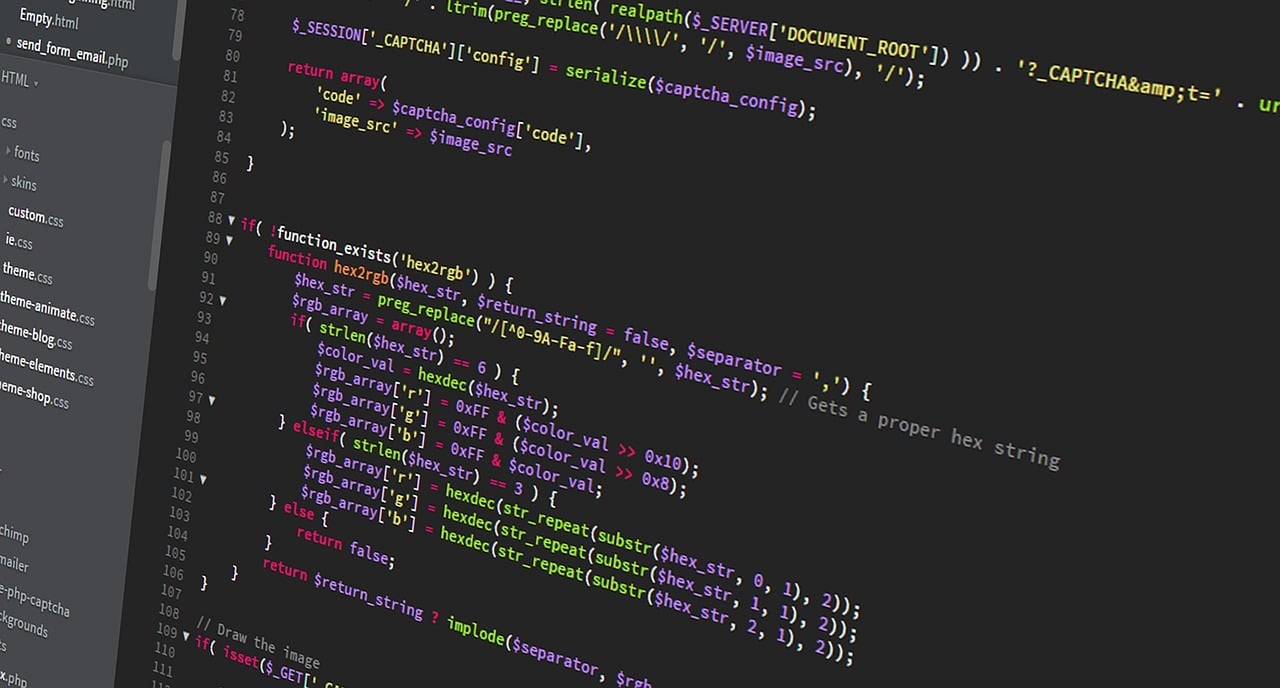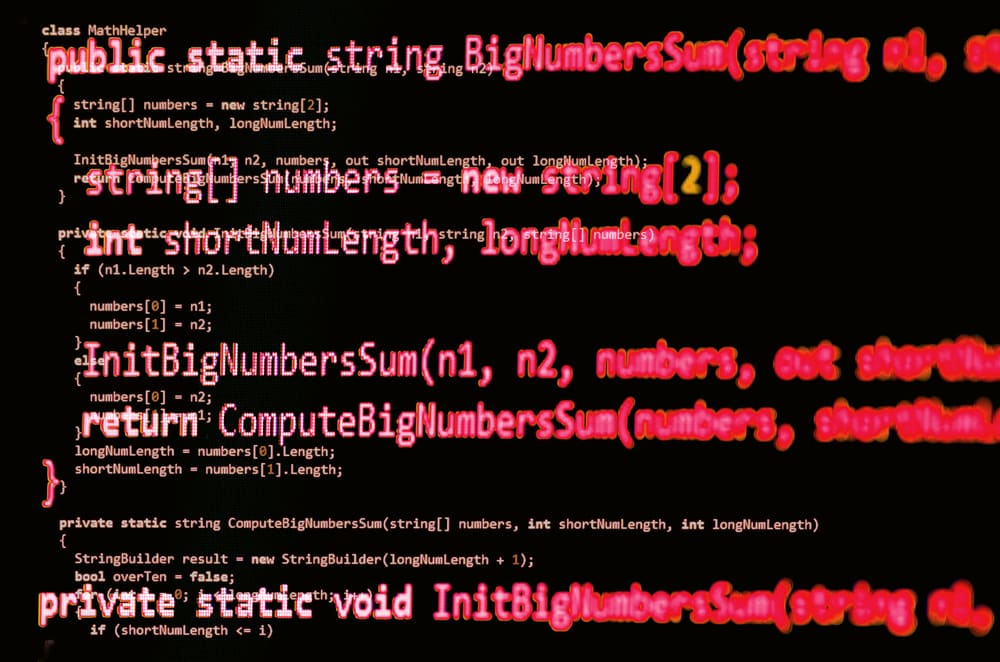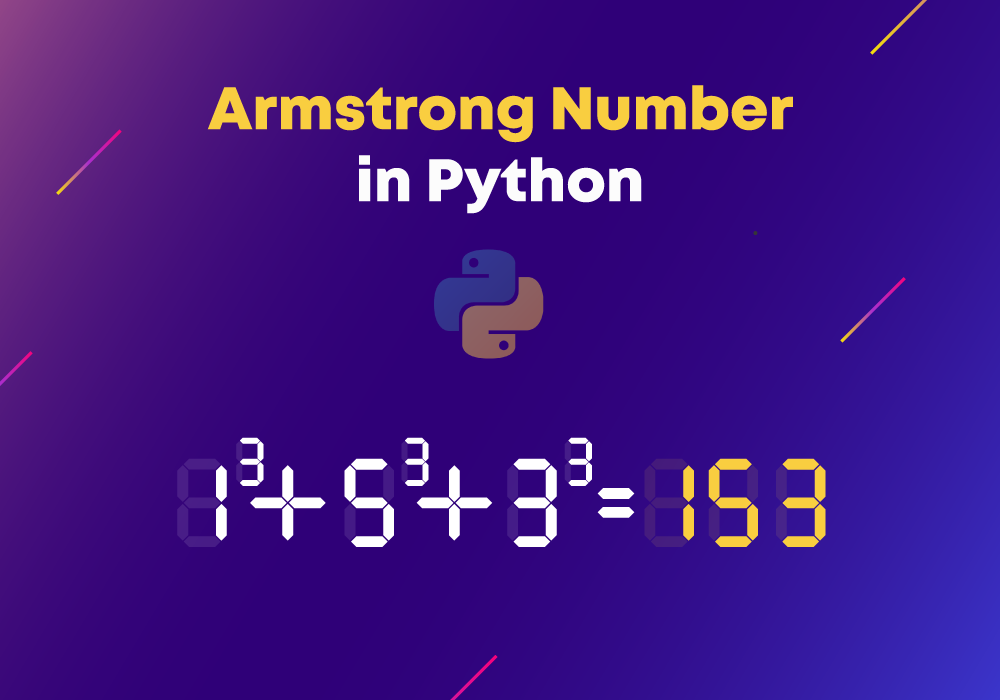List comprehension is a concise and elegant way to create lists in Python. It is widely used for generating new lists by applying an expression to each item in an iterable.
This tutorial will cover the syntax, benefits, use cases, and advanced techniques of list comprehension.
What is List Comprehension?
List comprehension is a syntactic construct that allows you to create lists using a single line of code. It provides a more readable and efficient alternative to using loops for list creation.
Syntax of List Comprehension
[expression for item in iterable if condition]
- Expression: The operation or transformation to be applied to each item.
- Item: Represents the elements of the iterable.
- Iterable: The source sequence (e.g., list, range, string, etc.).
- Condition (optional): A filtering condition that determines whether an item should be included in the final list.
Also Read: All You Need To Know About Python List.
Basic Examples
Example 1: Creating a List of Squares
squares = [x**2 for x in range(10)]
print(squares)
Output:
[0, 1, 4, 9, 16, 25, 36, 49, 64, 81]
Example 2: Filtering Even Numbers
even_numbers = [x for x in range(20) if x % 2 == 0]
print(even_numbers)
Output:
[0, 2, 4, 6, 8, 10, 12, 14, 16, 18]
Nested List Comprehension
List comprehension can be nested to handle multi-dimensional lists or more complex transformations.
Example: Flattening a 2D List
matrix = [[1, 2, 3], [4, 5, 6], [7, 8, 9]]
flat_list = [num for row in matrix for num in row]
print(flat_list)
Output:
[1, 2, 3, 4, 5, 6, 7, 8, 9]
Using If-Else in List Comprehension
You can include an if-else statement within the list comprehension.
Example: Categorizing Numbers
categorized = ['Even' if x % 2 == 0 else 'Odd' for x in range(10)]
print(categorized)
Output:
['Even', 'Odd', 'Even', 'Odd', 'Even', 'Odd', 'Even', 'Odd', 'Even', 'Odd']
List Comprehension with Functions
List comprehensions can also be used with functions to process data efficiently.
Example: Applying a Function to a List
def square(n):
return n ** 2
squared_numbers = [square(x) for x in range(10)]
print(squared_numbers)
Output:
[0, 1, 4, 9, 16, 25, 36, 49, 64, 81]
Performance Benefits of List Comprehension
List comprehensions are generally faster than traditional loops because they are optimized internally by Python.
Performance Comparison
import time
# Using a loop
start = time.time()
result = []
for i in range(1000000):
result.append(i * 2)
end = time.time()
print("Loop Time:", end - start)
# Using list comprehension
start = time.time()
result = [i * 2 for i in range(1000000)]
end = time.time()
print("List Comprehension Time:", end - start)
Output (Example Times):
Loop Time: 0.25s
List Comprehension Time: 0.12s
List comprehension is almost twice as fast as a traditional loop!
When to Avoid List Comprehension?
While list comprehension is powerful, it’s not always the best choice:
- Avoid using it for complex logic, as it can reduce readability.
- If the operation is too long, use regular loops for better clarity.
- Use generator expressions (
()instead of[]) when dealing with large datasets to save memory.
Real-World Examples and Applications
List comprehension is a powerful tool in Python that allows one to write efficient and concise code. It is used heavily in real-world applications to process and manipulate data efficiently. Some real-world applications where list comprehensions can be used are as follows.
Practical Uses of List Comprehension
1. Data Transformation
List comprehensions are also widely used for data transformation. They enable you to succinctly perform math operations, string formatting, or data structure manipulation. This is helpful in situations where data must be restructured in various forms, like temperature conversion, text normalization, or transposing lists.
When dealing with datasets, the data generally contains inconsistencies like redundant spaces, missing data, or incorrect formatting. List comprehensions are used to clean and pre-process the data by filtering out redundant values, dealing with missing data, or having uniform formatting. This is a big help in data science and machine learning.
3. List Manipulation
List comprehensions provide an easy way to manage lists. They can be used for sorting, reversing, filtering items, or extracting some information. All this makes even tasks like extracting even or odd numbers, finding a particular value, or transforming lists into other types more efficient.
Problems Using List Comprehensions
1. Finding Prime Numbers
List comprehensions can be used to generate a list of primes by using mathematical reasoning to filter out non-primes. This is useful in competitive programming, algorithm design, and cryptography.
Also Read: Prime Numbers Program In Python
2. Counting Occurrences of Elements
Another frequent application of list comprehension includes occurrence counting of individual elements across a dataset. It comes handy in natural language processing, frequency counts, as well as in statistical calculation in cases where knowledge of the spread of the data is important.
By leveraging list comprehensions, developers can write concise, readable, and efficient code, making data processing and algorithmic tasks more optimized.
Conclusion
List comprehension is a valuable tool in Python that makes list creation more readable and efficient. Mastering this feature will help you write cleaner and faster code. Try incorporating it into your coding practice and explore more advanced use cases!
Master Python with our Python Programming Course
It offers 11.5 hours of content, 51 coding exercises, and 3 real-world projects. With AI-powered mentorship and practical examples, you’ll gain hands-on experience across Python’s core concepts. Enroll today to transform your Python skills!
Frequently Asked Questions(FAQ’s)
1. Can list comprehension be used with multiple conditions?
Yes! You can use multiple conditions in list comprehension using logical operators like and and or.
Example:
numbers = [x for x in range(20) if x % 2 == 0 and x % 3 == 0]
print(numbers)
Output:
[0, 6, 12, 18]
This filters numbers that are both even and divisible by 3.
2. Is list comprehension always faster than a for loop?
Not always! While list comprehension is generally faster, it may not be efficient for complex logic that requires multiple operations.
When to Avoid:
- When the logic inside comprehension is too complex.
- When memory efficiency is critical (consider using generator expressions instead).
Example of a Generator Expression (Memory Efficient Alternative):
squares = (x**2 for x in range(1000000)) # Uses parentheses () instead of []
This creates a generator object instead of storing all values in memory.
3. Can list comprehension handle exceptions or errors?
No, list comprehension does not handle exceptions directly like a try-except block. If an error occurs inside a list comprehension, it will stop execution. To handle exceptions, use a function inside the list comprehension.
4. How do you use list comprehension with dictionaries and sets?
List comprehension is not just for lists! You can use a similar approach for dictionaries and sets, too.
Dictionary Comprehension Example:
squares_dict = {x: x**2 for x in range(5)}
print(squares_dict)
Output:
{0: 0, 1: 1, 2: 4, 3: 9, 4: 16}
Set Comprehension Example:
unique_squares = {x**2 for x in range(-5, 6)}
print(unique_squares)
Output:
{0, 1, 4, 9, 16, 25}
Set comprehension removes duplicate values automatically!
Also Read: Python Dictionary: Methods and Examples
5. Does list comprehension work with sets and tuples?
Yes! List comprehension works similarly with sets ({}) and tuples (tuple()). However, using parentheses creates a generator expression, which is more memory-efficient for large datasets.






